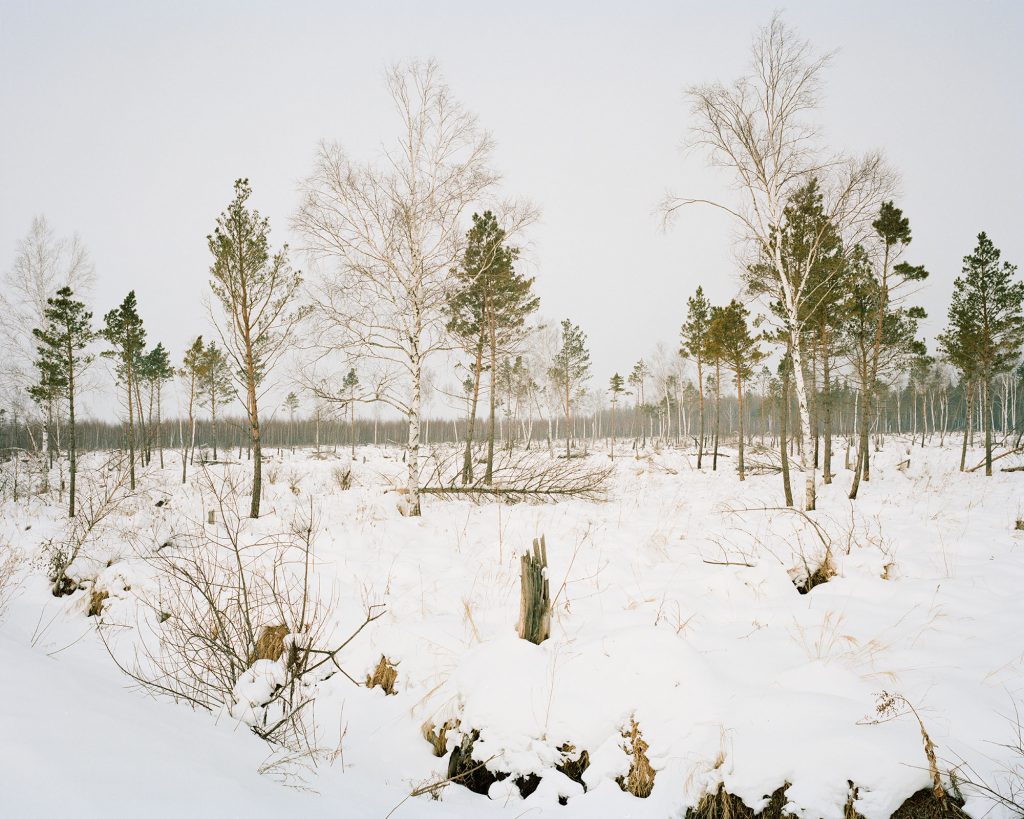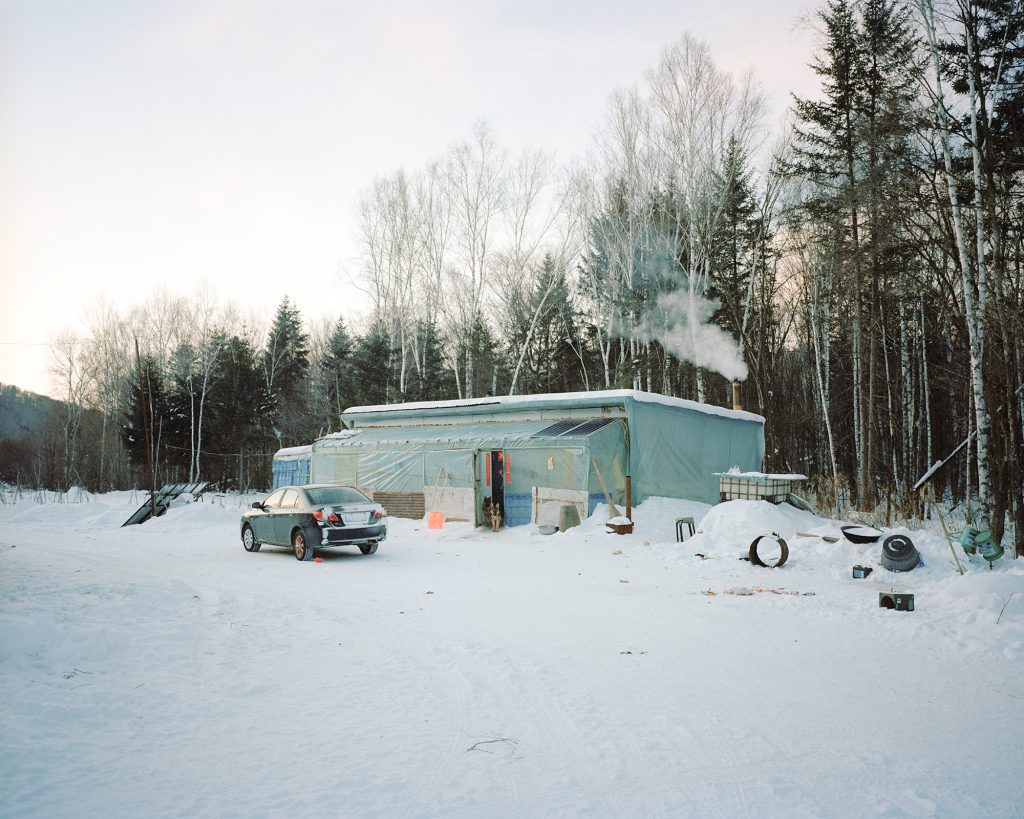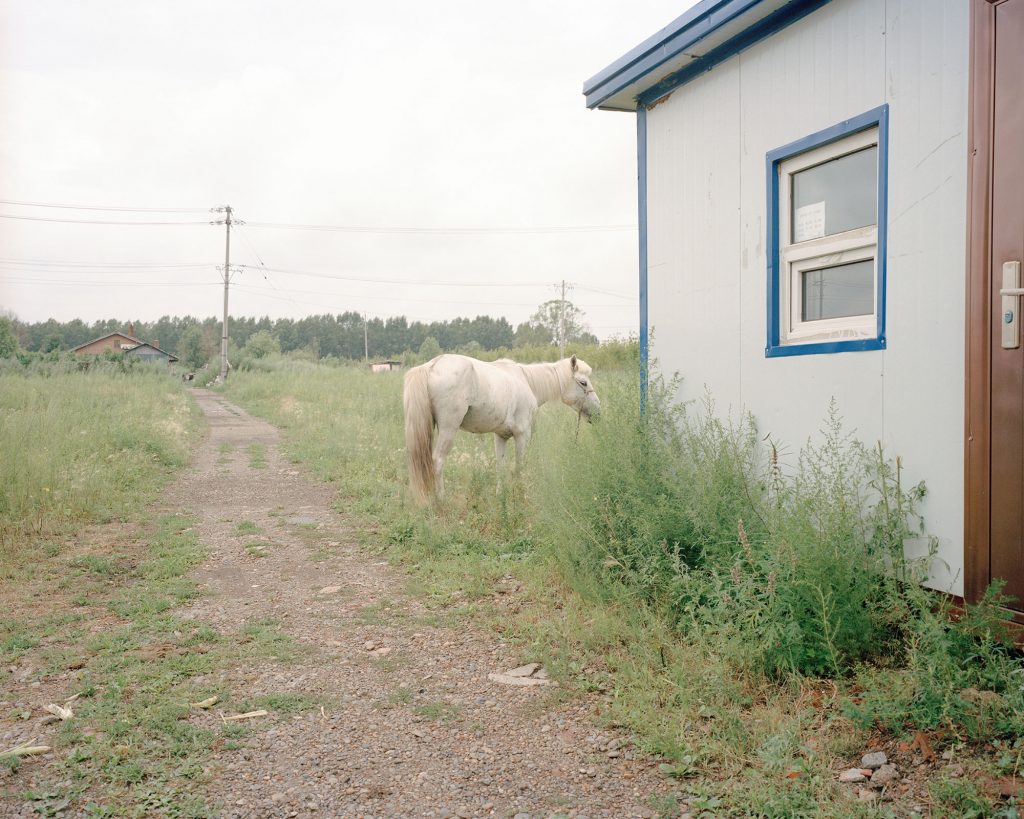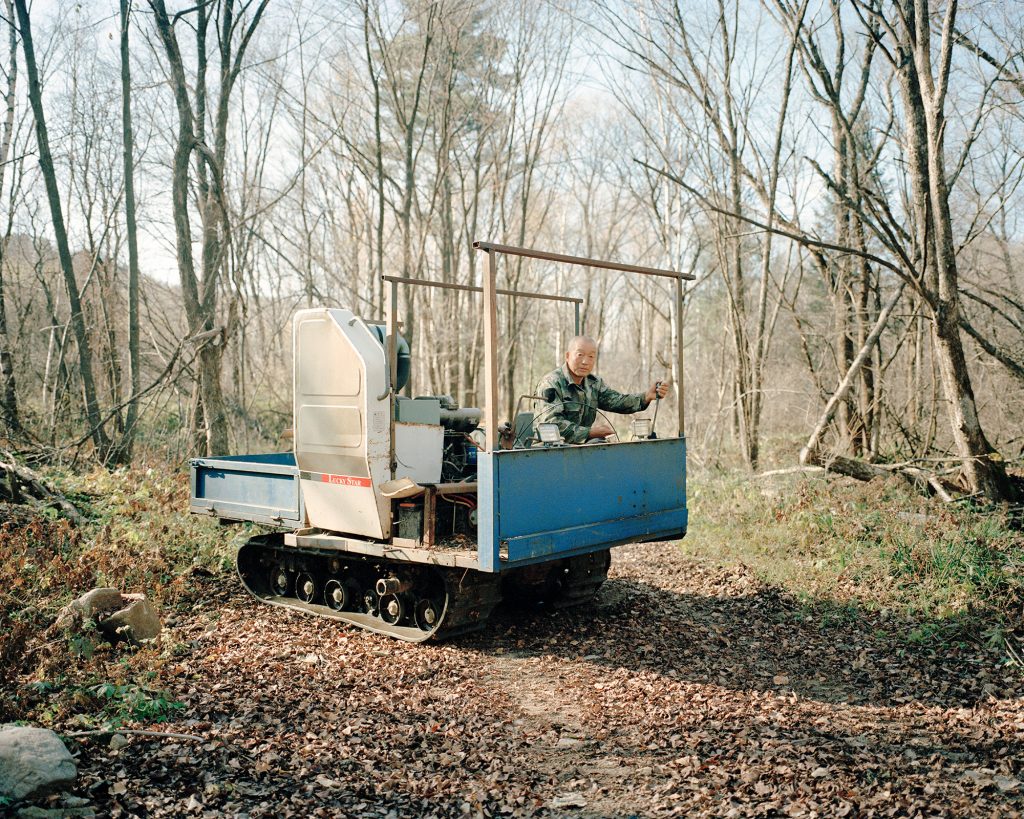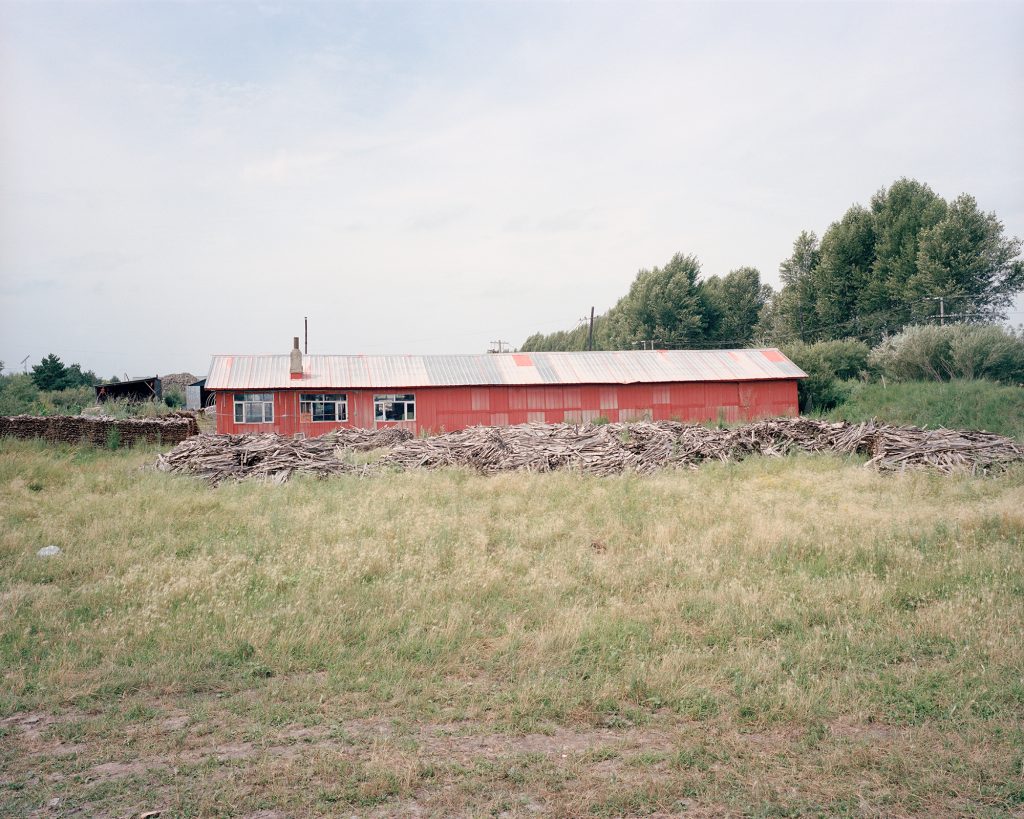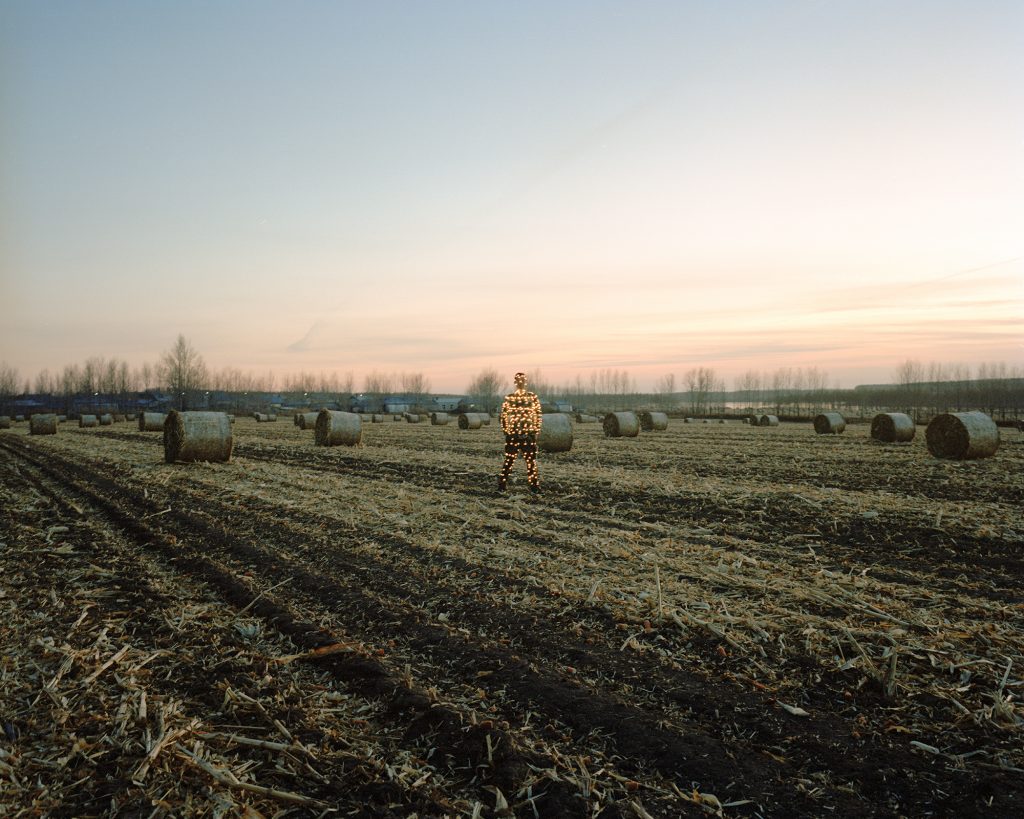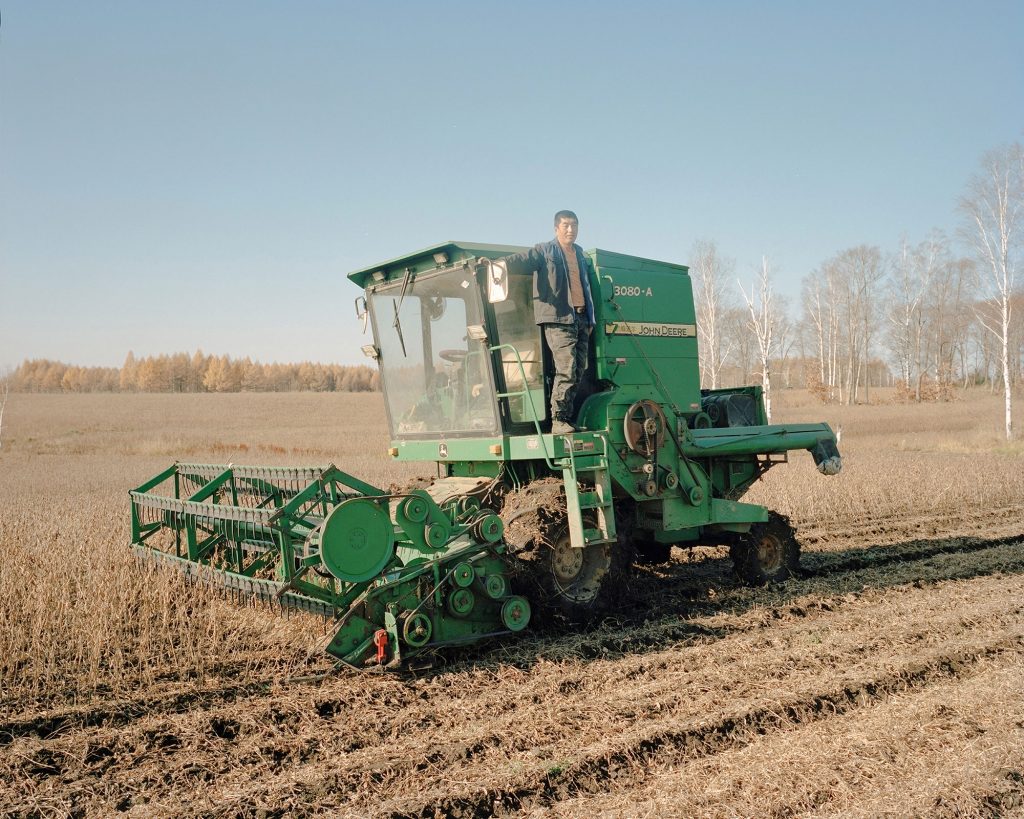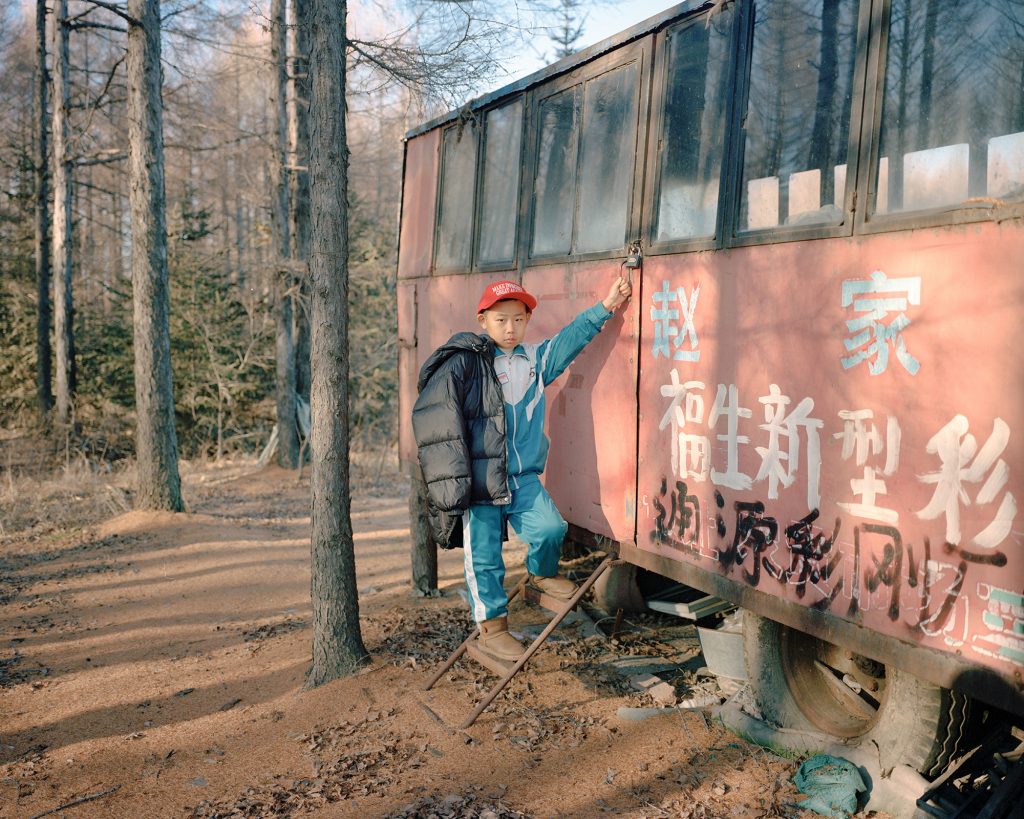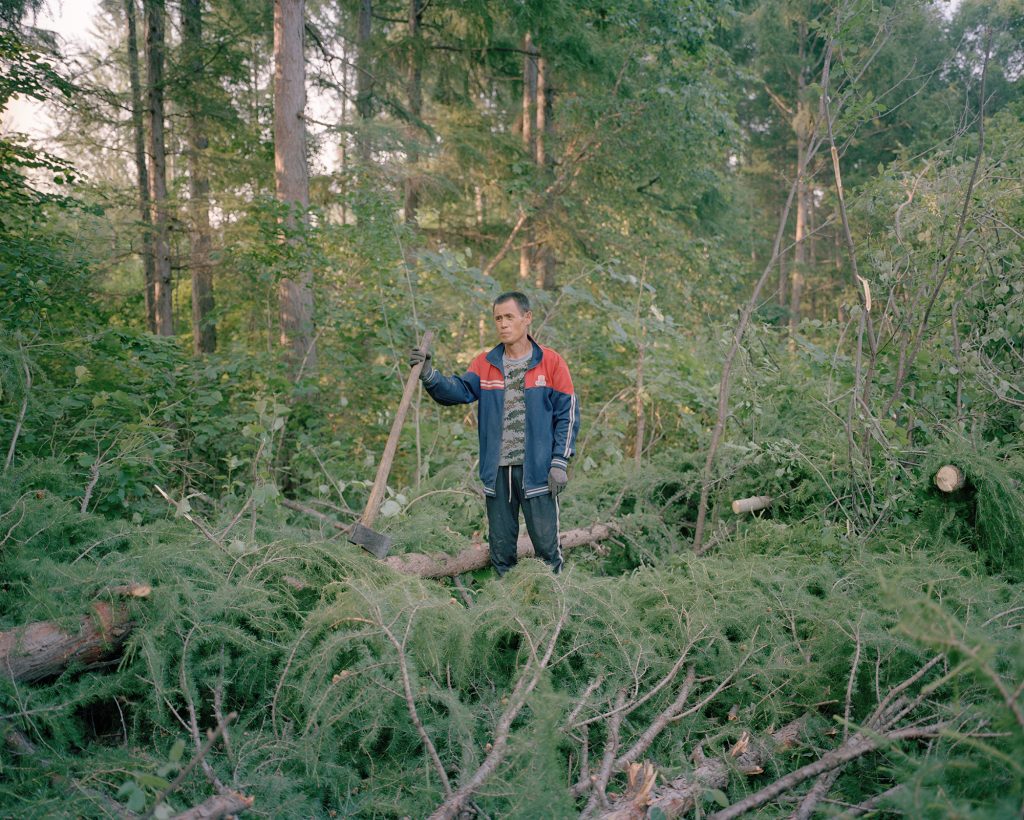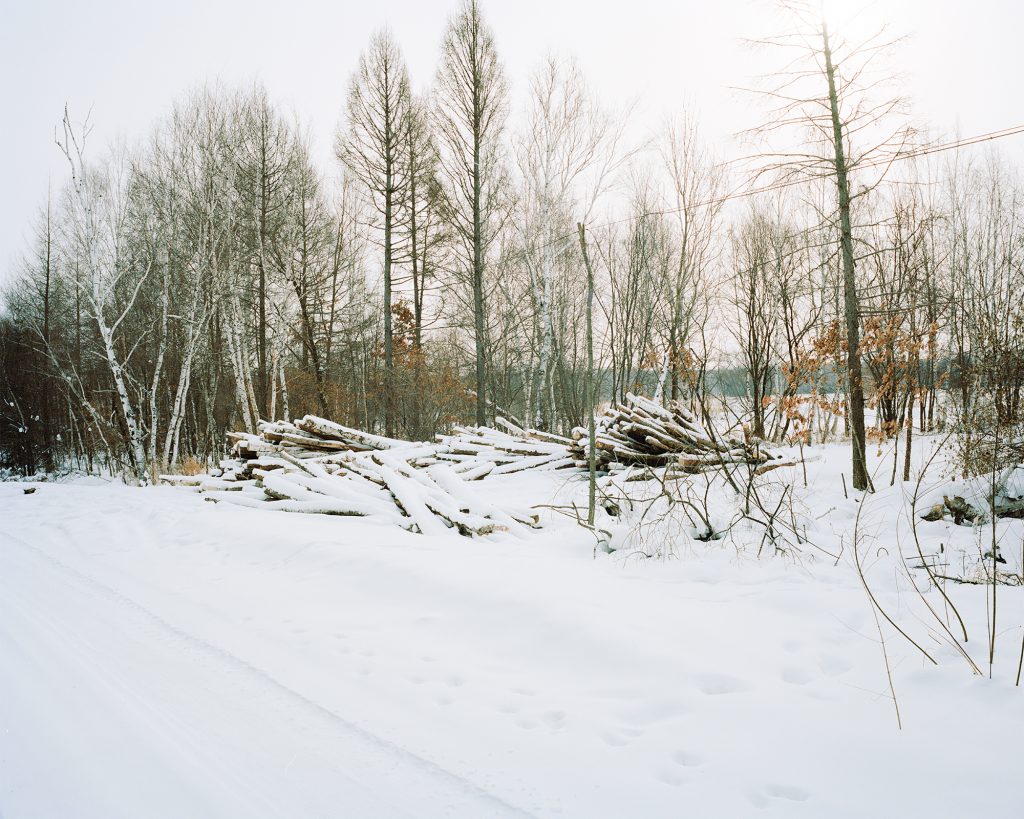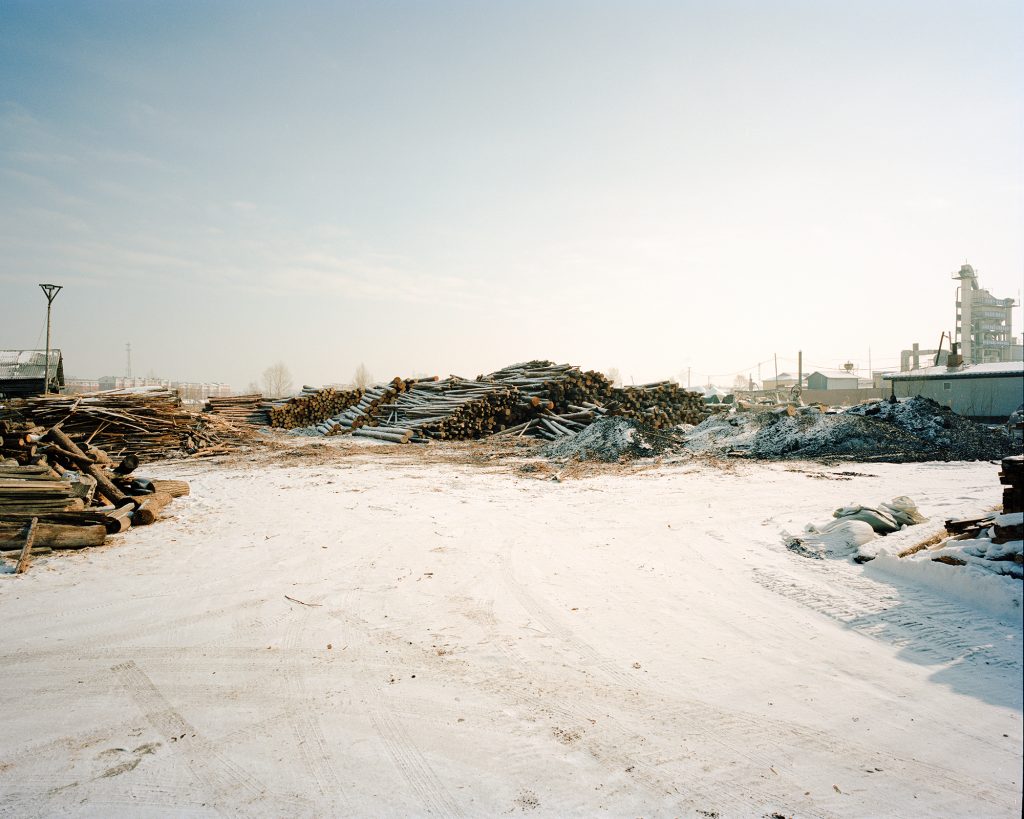我出生于小兴安岭的国营林场,这里半年都是冬季。在中国工业化起步的关键时期,这些林场源源不断地输送着优质木材,有力地推动了中国经济建设的车轮滚滚向前。然而,长期的高强度采伐,生态警报终于在世纪之交拉响。为了可持续发展,天然林保护工程落地,数万名林业工人“挂锯停斧”,掀开了东北林区艰难转型的序幕。面对人口、环境、资源之间的矛盾,大部分人选择了离开,成为了时代的“候鸟”,而选择继续扎根在这片土地的人们,慢慢接受了生活。
I was born in a state-owned forest farm in the Lesser Khingan Range, where winter lasts for half a year. During the critical initial stage of China’s industrialization, these forest farms continuously supplied high-quality timber, powerfully driving the wheels of China’s economic construction forward. However, due to long-term high-intensity logging, an ecological alarm was finally raised at the turn of the century. For the sake of sustainable development, the Natural Forest Protection Project was implemented, and tens of thousands of forestry workers “hung up their saws and put down their axes,” marking the beginning of the arduous transformation of the northeastern forest regions. Faced with the contradictions between population, environment, and resources, most people chose to leave, becoming the “migratory birds” of the era, while those who opted to stay rooted in this land gradually came to terms with life.
